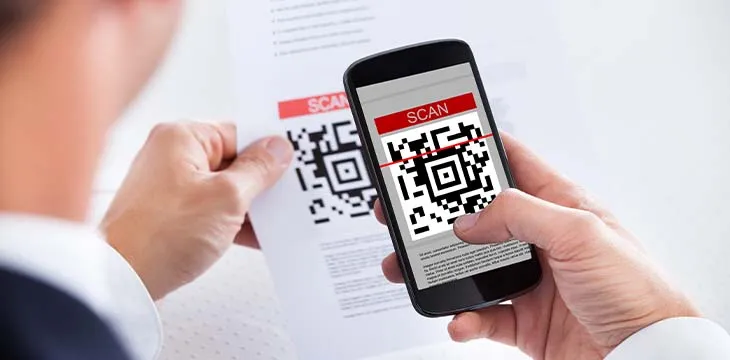|
Getting your Trinity Audio player ready...
|
Cambodia has introduced a new way for payments to be made using its “quasi central bank digital currency” system, the Bakong payments system.
Called the BHQR, the feature allows merchants to accept mobile payments from any commercial bank or payment service provider using a QR code directly supported by the National Bank of Cambodia’s blockchain-based peer-to-peer payments system.
BHQR will replace all QR codes provided by mobile banking apps in the country. Sarey Chae, the assistant governor of the National Bank of Cambodia, explained the motive behind introducing the feature in an interview with Kopi Time, a podcast hosted by DBS Bank.
She stated that BHQR is a solution to the challenges merchants and consumers face from the lack of communication among the more than 50 financial institutions in the country. Before now, payment service providers treated their services as walled gardens by allowing users to only transact with other payment service providers and banks that they have agreements with.
“The problem with these payment service providers is that they are not talking to each other. There are bilateral agreements between two different payment service providers and their prospective customers can send money to each other. But the whole ecosystem is just dysfunctional where everyone tries to Gaurd their customer base,” Chae said.
This has severely limited what can be done with mobile payments and required merchants to have several solutions to receive payments at checkout. But with BHQR, all mobile banking apps can now communicate with each other and banks while maintaining a cheap settlement solution.
Cambodia’s plan for the Bakong system
The system has already onboarded 32 institutions, with another 20 lined up to join the program. The assistant governor also added that banks and non-bank financial institutions are using the Bakong system to solve problems of liquidity risk caused by Cambodia’s lack of a real-time gross settlement (RTGS) system.
Instead of performing settlements only twice a day, the institutions can issue Bakong to users who can, in turn, send the “digital money” to any other person via the unified QR code system.
The Bakong system is one of the world’s first central bank digital currencies (CBDC), having launched back in 2020. However, it is not like the CBDCs other central banks are working on as the system does not issue a central bank-backed currency. Instead, it allows users to transact with the local riel, which is a commercial bank liability, and the dollar.
Cambodia intends for the system to ultimately help in reducing its dependence on the dollar. At present, the dollar still makes up a significant part of all transactions in the country, but the system has been gaining more users.
To learn more about central bank digital currencies and some of the design decisions that need to be considered when creating and launching it, read nChain’s CBDC playbook.
Watch: The BSV Global Blockchain Convention panel, Tokenizing Assets & Securities on Blockchain

 07-03-2025
07-03-2025 





